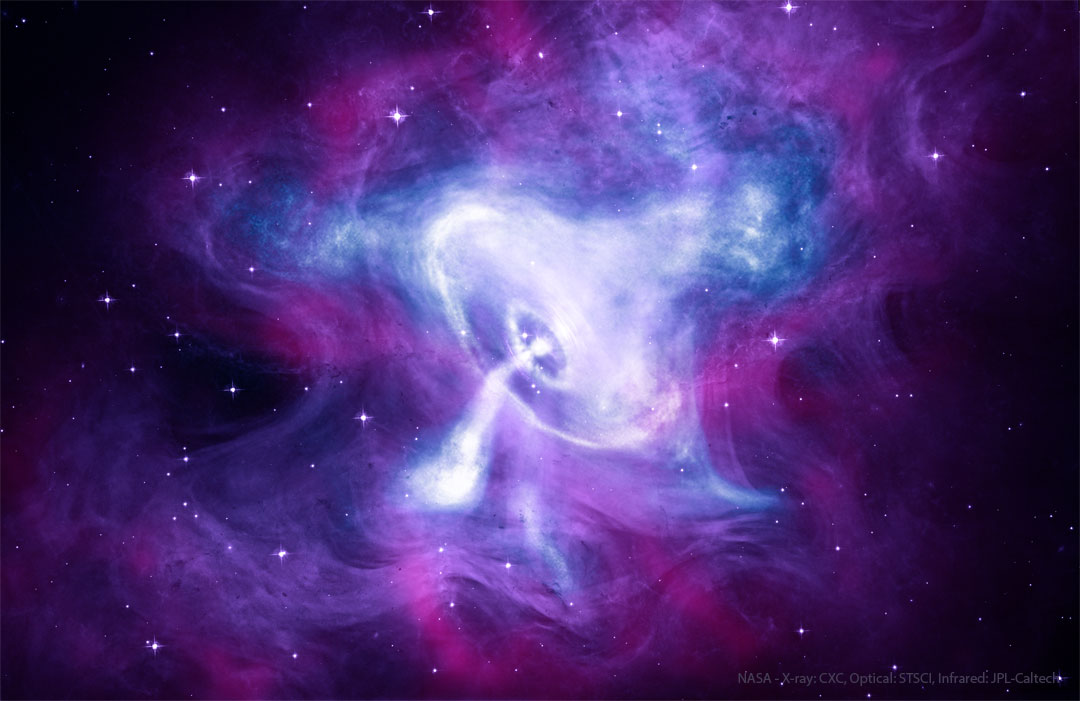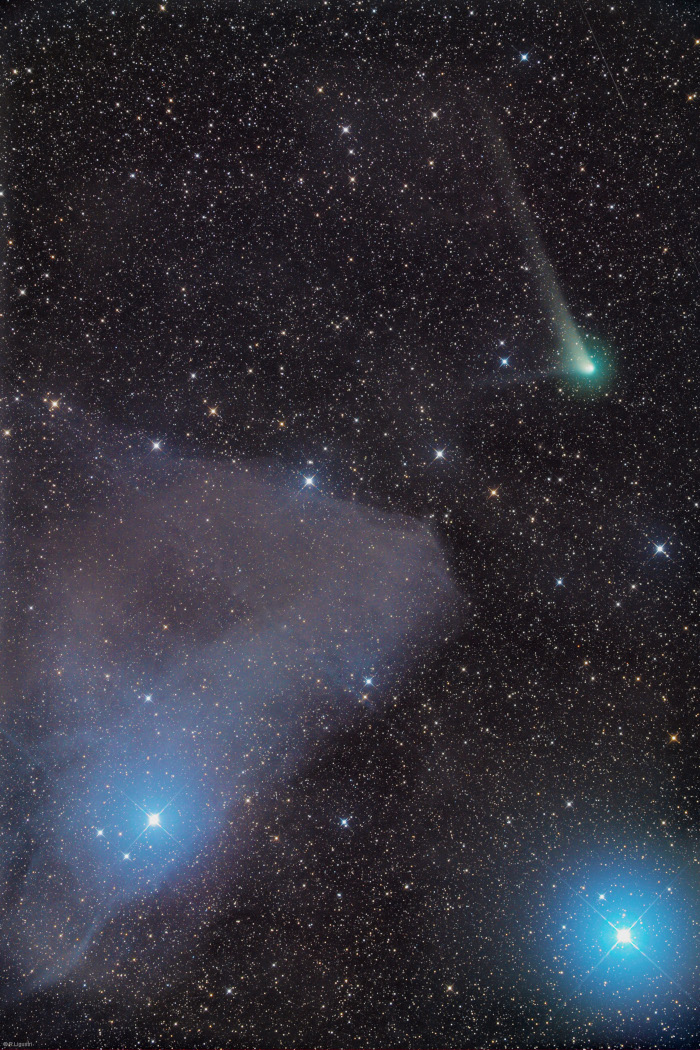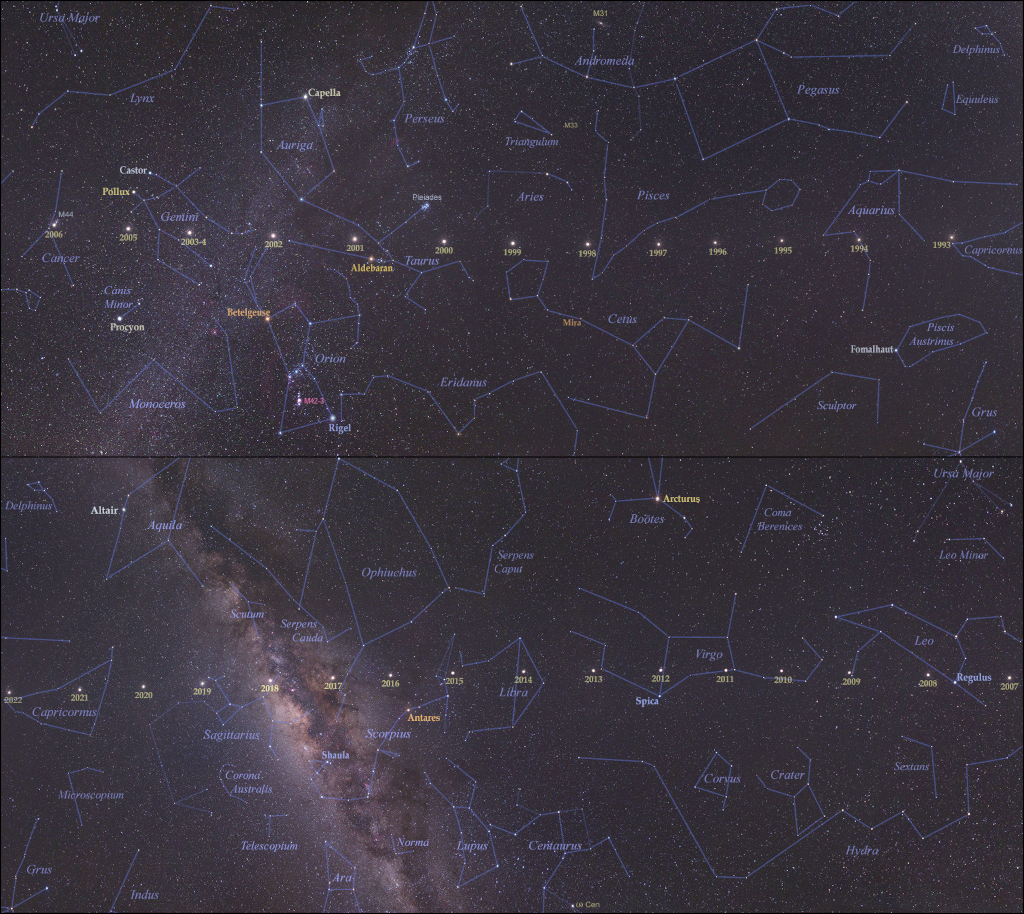안녕하세요, 잡학다식 입니다. 오늘은 과연 나사에서 어떤 방식으로 우주의 형상을 표현해 줄까요?
우선 이미지부터 볼 수 있도록 하겠습니다

해당 사진의 이름은 The Spinning Pulsar of the Crab Nebula 인데요 우선 NASA에서 공식적으로 발표한 설명들을 확인해 보겠습니다
At the core of the Crab Nebula lies a city-sized, magnetized neutron star spinning 30 times a second. Known as the Crab Pulsar, it is the bright spot in the center of the gaseous swirl at the nebula's core. About twelve light-years across, the spectacular picture frames the glowing gas, cavities and swirling filaments near the Crab Nebula's center. The featured picture combines visible light from the Hubble Space Telescope in purple, X-ray light from the Chandra X-ray Observatory in blue, and infrared light from the Spitzer Space Telescope in red. Like a cosmic dynamo the Crab pulsar powers the emission from the nebula, driving a shock wave through surrounding material and accelerating the spiraling electrons. With more mass than the Sun and the density of an atomic nucleus,the spinning pulsar is the collapsed core of a massive star that exploded. The outer parts of the Crab Nebula are the expanding remnants of the star's component gasses. The supernova explosion was witnessed on planet Earth in the year 1054. Explore Your Universe: Random APOD Generator
이번에도 광활한 우주 앞에 인간이 얼마나 작은 존재인지 다시 한번 알게 되는것 같습니다
저는 내일도 더 좋은 사진과 함께 돌아오겠습니다, 그럼 행목한 하루 되시길 바랍니다
'과학상식' 카테고리의 다른 글
| NASA 나사의 오늘의 이미지들 (2022-08-23) (0) | 2022.08.24 |
|---|---|
| NASA 나사의 오늘의 이미지들 (2022-08-22) (0) | 2022.08.23 |
| NASA 나사의 오늘의 이미지들 (2022-08-20) (0) | 2022.08.21 |
| NASA 나사의 오늘의 이미지들 (2022-08-19) (0) | 2022.08.20 |
| NASA 나사의 오늘의 이미지들 (2022-08-18) (0) | 2022.08.19 |

